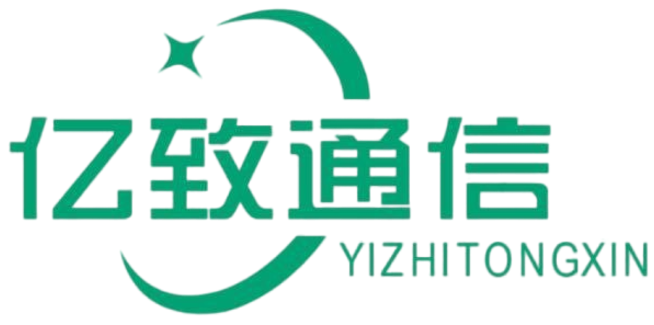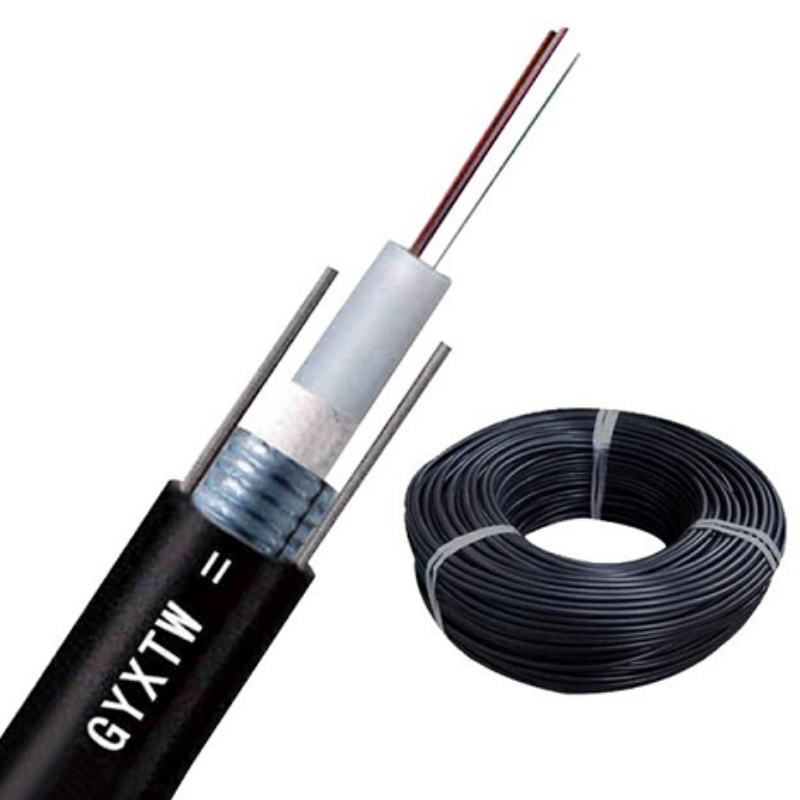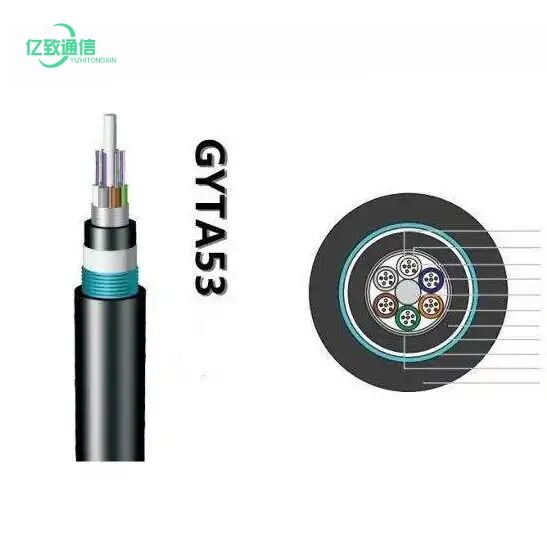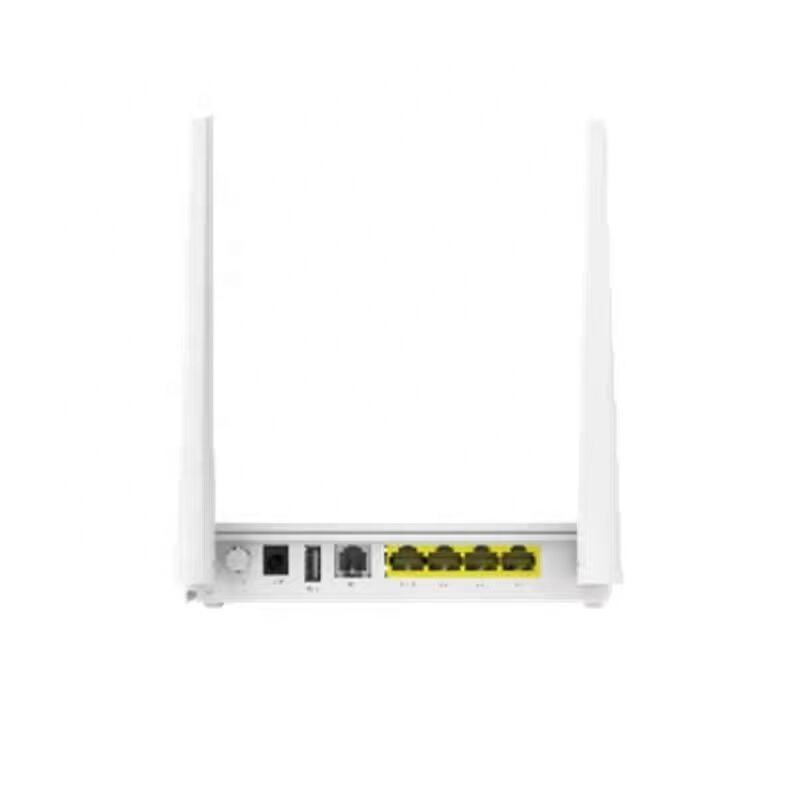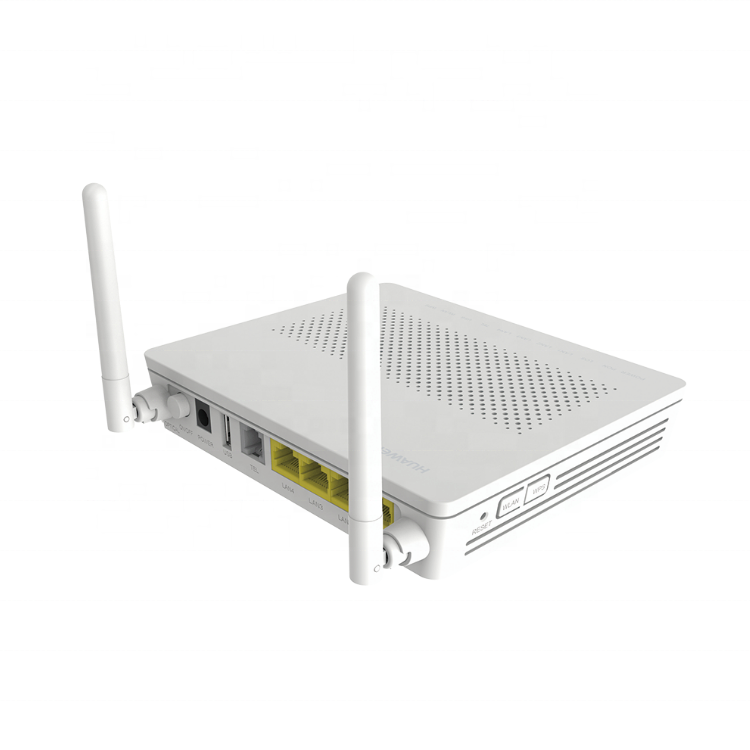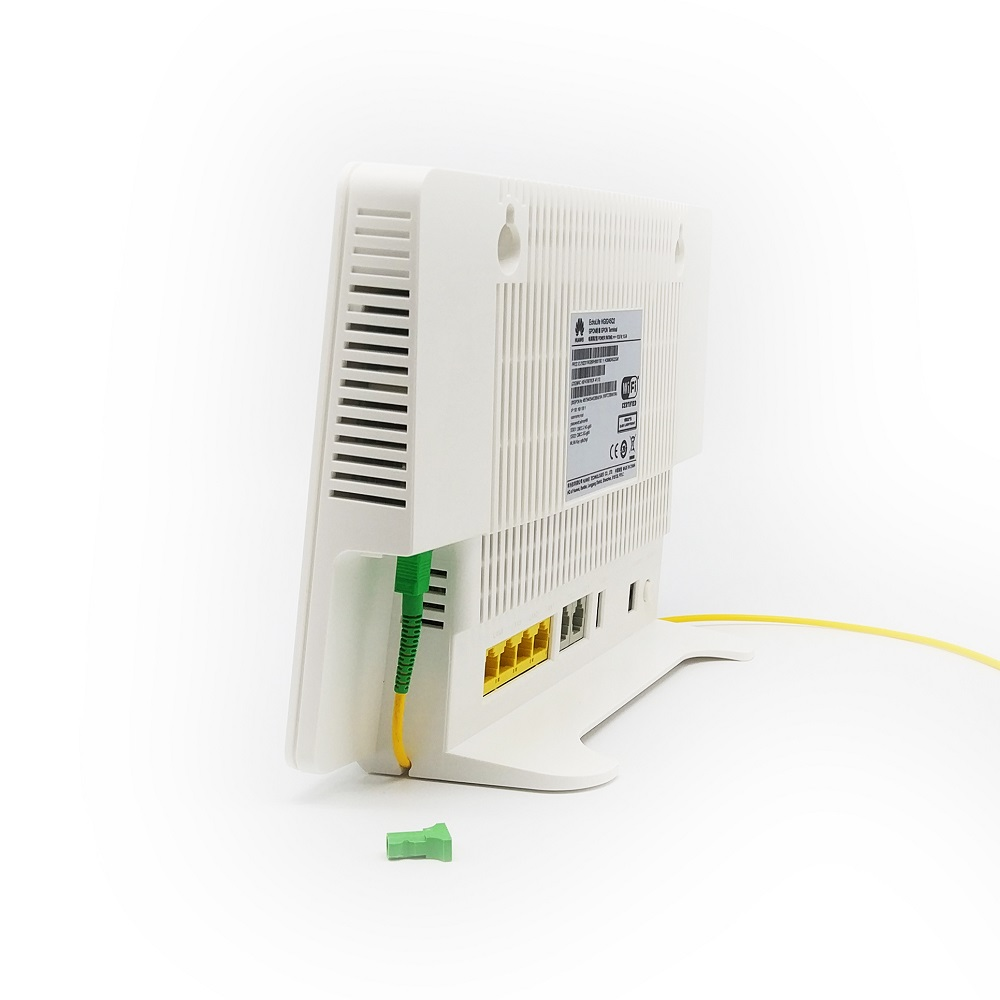pretium funiculi optici
Praecium cablum fibrae opticae significat considerationem crucialem in infrastructura telecommunicationis moderna. Hae cabla praestantia, constructae cum nucleus vitri aut plasticus, transmittunt datas per signa luminis velocitate incredibili super longas distantias. Praecium cablum fibrae opticae variat significanter ex multis factoribus, inclusis genere cabli, numero fibrae, requisitis installationis, et specificatis qualitatis. Cabla unimodi, idonea pro transmissione longe distantiarum, solent habere praecia maiora quam cabla multimodi idonea pro brevioribus distantiarum. Mercatus offert varias optiones, a cablis interioribus basicis preciis competitivis pro retebus parvis ad cablos exteriores specializatos cum feature protectivis additis mandantes praecia premium. Certificationes qualitatis, fama brand, et standardes manufacturandi etiam influunt structuras praecii. Cabla fibrae opticae modernae incorporant features praestantias sicut meliorem resistentionem curvarum, durabilitatem enhance, et integritatem signi superiori, factoribus quae affectant praecium finalem. Quando de praeciis cablum fibrae opticae cogitatur, est essentiale computare requisitiones systematis totius, inclusis connectoribus, equipamento installationis, et costibus maintenance potentialibus. Investmentum in cablum fibrae opticae altae qualitatis saepe probatur economica in longo tempore, tradens capacitates transmissionis datas velociter et fideliter quae satisfaciunt crescentibus demandis bandae.
